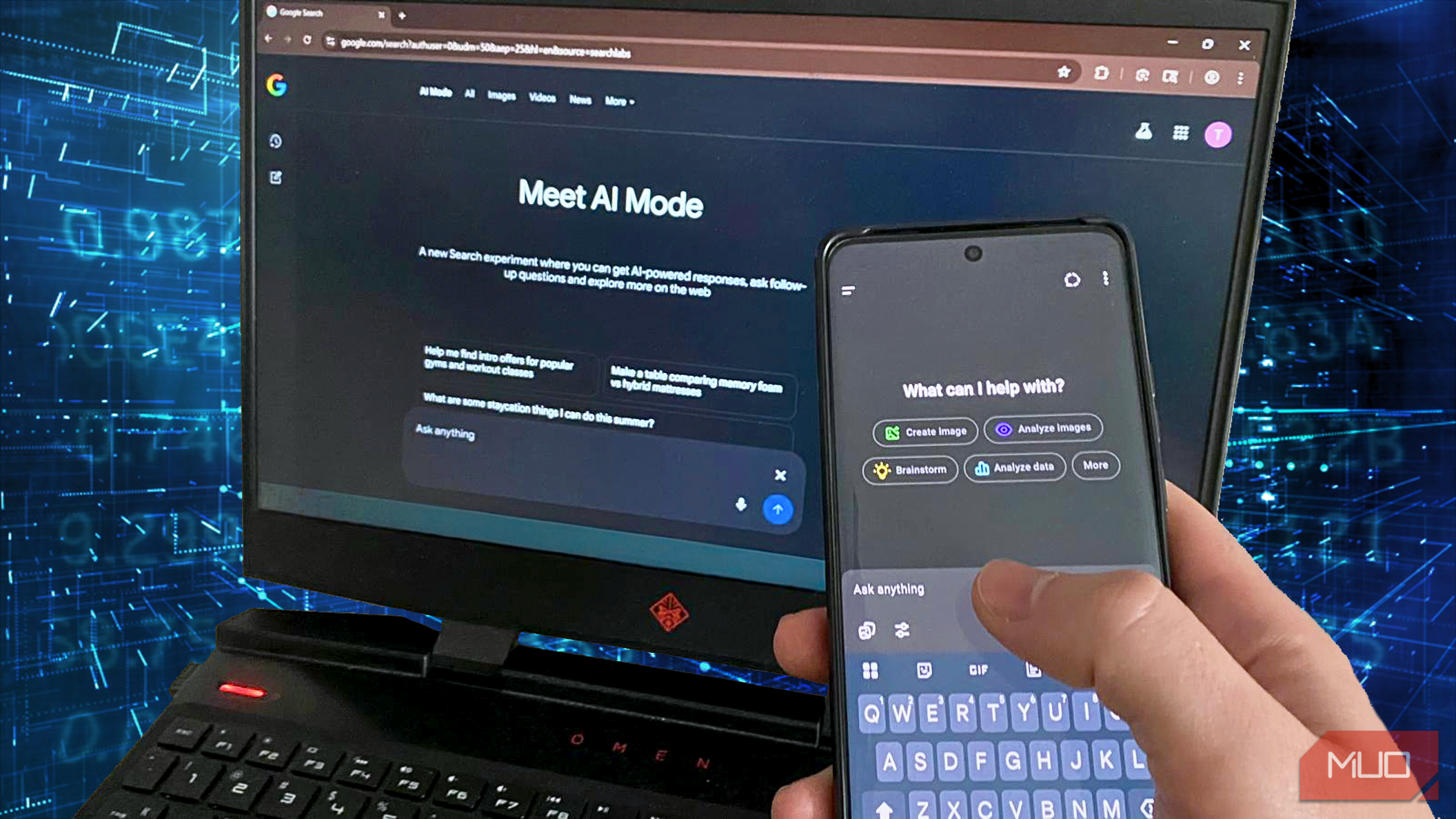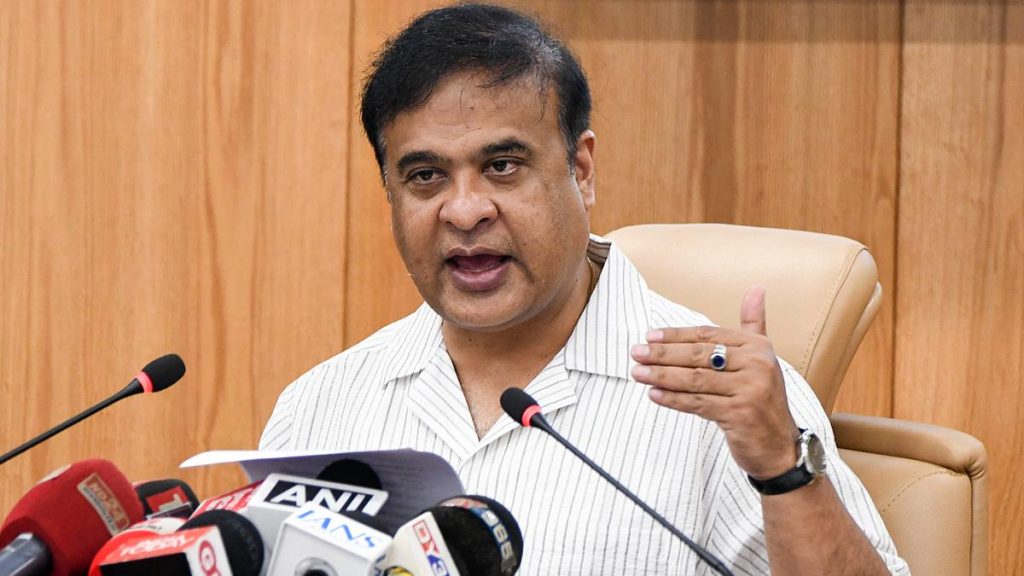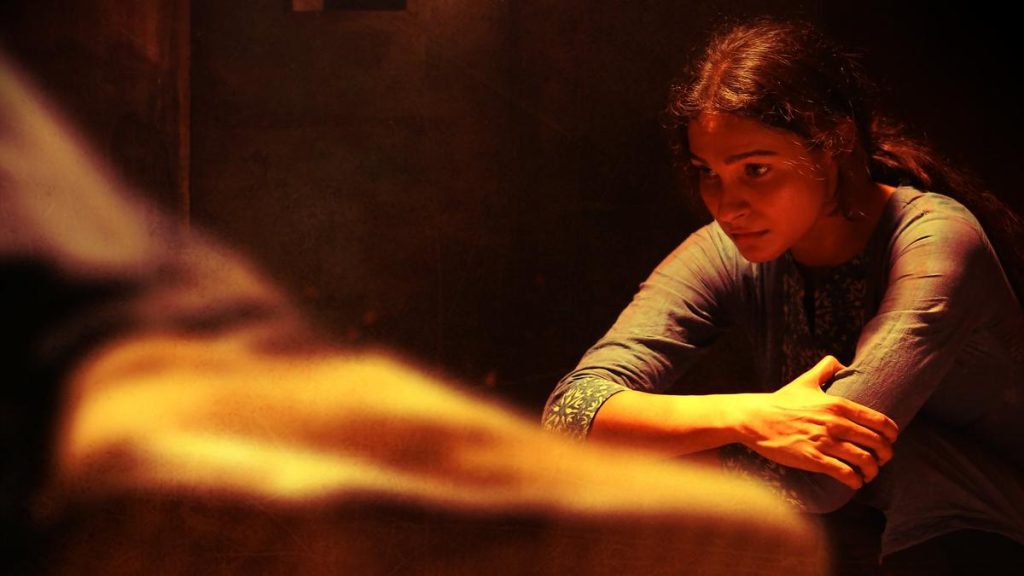Now Reading: How AI Helps Sharpen My Ideas for Better Results
-
01
How AI Helps Sharpen My Ideas for Better Results
How AI Helps Sharpen My Ideas for Better Results

Quick Summary
- The article discusses utilizing AI as a sparring partner to improve ideas through five specific prompting techniques:
1. Play the Devil’s Advocate: Use AI to challenge ideas by highlighting potential downsides or choice perspectives.
2. Uncover what’s Missing: Identify gaps in plans by asking the AI what elements might have been overlooked and seek solutions for them.
3. Predict the Outcome: Simulate potential scenarios-best-case,worst-case,or long-term-for better anticipation of project outcomes.
4.Reveal Hidden Biases: Address unconscious biases by probing assumptions underlying an idea with targeted questions to ensure inclusivity and fairness.
5. Multiple Expert Perspectives: Generate feedback from simulated expert roles (like teachers, psychologists, or marketing professionals) to gain varied viewpoints and refine concepts.
- The author highlights how these prompt strategies can help tighten logic, expand perspectives, and uncover overlooked risks or opportunities using AI tools like ChatGPT effectively.
- Suggested prompts include asking about biases,predicting market reactions,clarifying neglected aspects of a plan,and incorporating domain-specific input for robust brainstorming.
Indian opinion Analysis
The increasing integration of AI into creative workflows exemplifies how technology is reshaping critical thinking processes globally-India included-as innovation becomes more demand-driven across industries like education and business strategy development.For India specifically-a nation pushing to become an artificial intelligence superpower-such techniques hold immense relevance in upskilling professionals across domains such as startups (focused on product launches), academia (enhancing research quality), and policy-making (mitigating unintended consequences). Introducing these systematic methods could directly complement India’s push toward fostering problem-solving skills among its youth while also promoting ethical clarity in tech-based decision-making frameworks essential for inclusive growth.

























